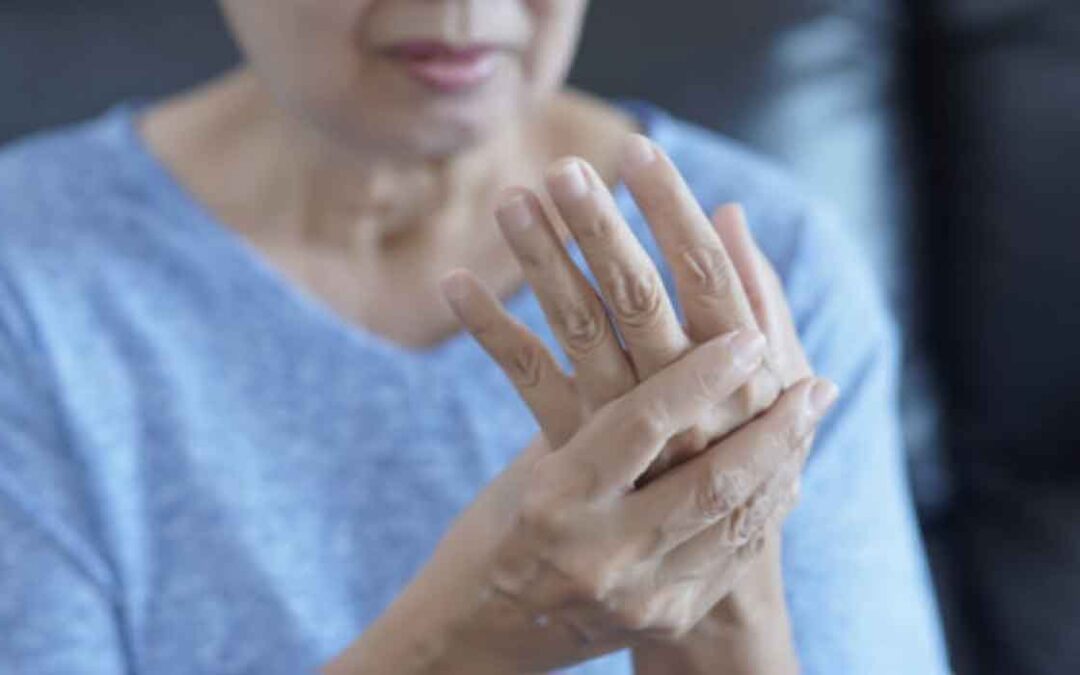Gout patients

Every day we hear news about people dying from different diseases. We also come across facts that new diseases are coming and new treatment options are also in the picture. But we forget the common diseases that can conjure our lives. Some of these include Diabetes Mellitus, blood pressure, arthritis, migraines, cervical and gout. Gout is one of the common diseases that, if not treated, can become dangerous. Today, in this article, we shall discuss all this syndrome and what should you avoid to help avoid gout in the first place.
Overview
Gout is a type of arthritis and can lead to swelling, pain and a different type of stiffness in our joints. Gout usually affects the big toe joint in most cases. People often experience gout in the attack form. The attacks can keep on returning again and again. It is a slow poison and if you don’t treat it, it will keep on damaging our tissue. It can become extremely painful in the last stages. Some of the risk factors that people associate with it include obesity, cardiovascular diseases and blood pressure. Gout is one of the most common problems, especially in men. It is a type of arthritis that has captured the concern of men worldwide. Women are also susceptible to disease after they have menopause. As many as 8 million people were affected by Gout in a year in America alone as per the survey done by the Centers for Disease Control and Prevention.
The main cause of gout in our body is the excess deposition of uric acid. This comes into our bloodstream and causes sudden inflammation. There are various symptoms of the disease. The most common ones include the formation of uric acids in the form of crystals in our joints. As our bodies respond to these crystals, we feel immense pain and swelling in our joint areas. Gout affects many parts but it’s most threatening at the joint of the big toe. Gout comes in the form of the attack of pain as we experience in Migraine symptoms. The attacks usually appear in the nighttime. Specific medications and various diet changes can affect or improve the condition of gout in our body.
Treatment
When it comes to treatment, certain specific medicines can help the cause. Various symptoms can diminish with the use of various medications. The medicines are also helpful in preventing attacks, future flares and reduction in swelling. There are many more complications that link to gout such as kidney issues. These can also be treated with high-end medications. The development of Tophi is also a major complication with Gout which needs proper medication.
The most common form of medications includes nonsteroidal anti-inflammatory drugs. Doctors are making use of corticosteroids and colchicine. The combinations of different types of such medicines help in the reduction of pain and swelling in the areas where gout is affecting.
There are various medicines that also work as a preventive measure in reducing the uric acid in our body. Various xanthine oxidase inhibitors can help reduce uric acid in our bodies. These are also good to improve the functioning of our kidneys that helps them in removing uric acid from the body effectively.
Without treatment, an intense gout assault will be at its most noticeably awful somewhere in the range of 12 and 24 hours after it started. An individual can hope to recuperate within 1 to about fourteen days without treatment, but there might be significant pain during this period.
Tests and conclusion
Gout can be precarious to analyze, as its manifestations when they do show up, are like those of different conditions. While hyperuricemia happens in most individuals that foster gout, it may not be available during a flare. What’s more, most of the individuals with hyperuricemia don’t foster gout.
One demonstrative test that specialists can complete is the joint liquid test, where the liquid is separated from the influenced joint with a needle. The liquid is then examined to check whether any urate gems are available.
As joint infections can likewise make comparative side effects gout, a specialist can search for microorganisms when carrying out a joint liquid test in request to control a bacterial reason. The liquid may be shipped off a lab, where it can require a few days to examine.
Specialists can likewise do a blood test to quantify the degrees of uric corrosive in the blood, but as referenced, individuals with high uric corrosive levels don’t generally encounter gout. Similarly, a few groups can foster the manifestations of gout without having increased degrees of uric corrosive in the blood.
Finally, specialists can look for urate precious stones around joints or within a tophus using an ultrasound check. X-beams can’t identify gout, but might be utilized to preclude different causes.
Types
There are different stages through which gout advances, and these are now and then alluded to like different sorts of gout.
Asymptomatic hyperuricemia

It is feasible for an individual to have raised uric corrosive levels with no outward side effects. At this stage, treatment isn’t needed, however, urate gems may store in tissue and cause slight harm.
Individuals with asymptomatic hyperuricemia might be encouraged to find ways to address any potential components contributing to uric corrosive development.
Acute gout

This stage happens when the urate precious stones that have been stored abruptly cause intense inflammation and intense pain. This abrupt assault is alluded to as a “flare” and will regularly die down within 3 to 10 days. Flares can some of the time be set off by distressing occasions, liquor and medications, just as chilly climate.
Interval or intercortical gout

This stage is the period in the middle of assaults of intense gout. The resulting flares may not happen for quite a long time or a long time, however, if not treated, over the long haul, they can last more and happen all the more as often as possible. During this interval, further urate gems are being saved in tissue.
Chronic tophaceous gout

Chronic tophaceous gout is the most debilitating kind of gout. Perpetual harm may have happened in the joints and the kidneys. The patient can experience the ill effects of chronic joint inflammation and foster tophi, enormous pieces of urate gems, in cooler spaces of the body like the joints of the fingers.
It consumes most of the day without treatment to arrive at the phase of chronic tophaceous gout – around 10 years. It is impossible that a patient receiving appropriate treatment would advance to this stage.






